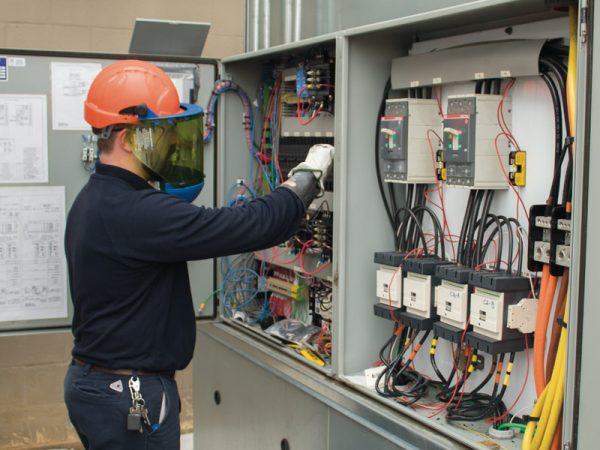In rural and remote regions, where traditional infrastructure deployment can be challenging, smart solutions offer a lifeline for enhanced connectivity. Microgrids, powered by renewable energy sources, can provide electricity to remote communities that are off the main power grid. Coupled with satellite-based communications systems, these communities can access essential services like telemedicine and e-learning, bridging the digital divide and fostering inclusive development. As we embrace smart solutions to enhance connectivity, it is crucial to address cybersecurity concerns. With an increasingly interconnected world, the risk of cyber threats also grows. Robust cybersecurity measures must be implemented to safeguard sensitive data, protect critical infrastructure, and ensure the privacy and safety of users. In conclusion, the integration of electrical and communications work through smart solutions presents an unprecedented opportunity to enhance connectivity across the globe.
From more reliable and efficient electrical grids to the rise of smart cities and the expansion of telecommunications networks, these innovative solutions are shaping a more connected, sustainable, and inclusive future for humanity. However, as we embrace this technological revolution, it is essential to do so responsibly and securely to fully realize access this resource for more info the potential of these smart solutions for the betterment of society.Seamless Integration: The Benefits of Combined Electrical and Communications Services In today’s rapidly advancing world, where technology plays an integral role in our daily lives, the seamless integration of electrical and communications services has become more crucial than ever before. The convergence of these two essential utilities not only enhances efficiency but also offers a myriad of benefits that pave the way for a more interconnected and productive society. One of the primary advantages of combining electrical and communications services is the streamlining of infrastructure. Traditionally, these two systems were set up and maintained separately, leading to redundant cabling, increased complexity, and higher costs.
By integrating them, businesses and households can significantly reduce the clutter of wires and equipment, making for a cleaner and more organized environment. Another notable benefit is the increased reliability and uptime of both systems. Through a unified approach, providers can optimize their infrastructure to ensure greater redundancy and backup solutions. This resilience is particularly vital in critical sectors such as healthcare, finance, and emergency services, where uninterrupted access to electricity and communication can be a matter of life and death. Moreover, the integration allows for better data management and accessibility. Data generated by electrical systems, such as power consumption and performance metrics, can be seamlessly combined with communication data, enabling more comprehensive insights and analytics. This data-driven approach empowers businesses and consumers alike to make informed decisions regarding energy consumption, resource allocation, and overall system optimization. Furthermore, the convergence of electrical and communication services opens up new possibilities for smart technologies and the Internet of Things (IoT).



